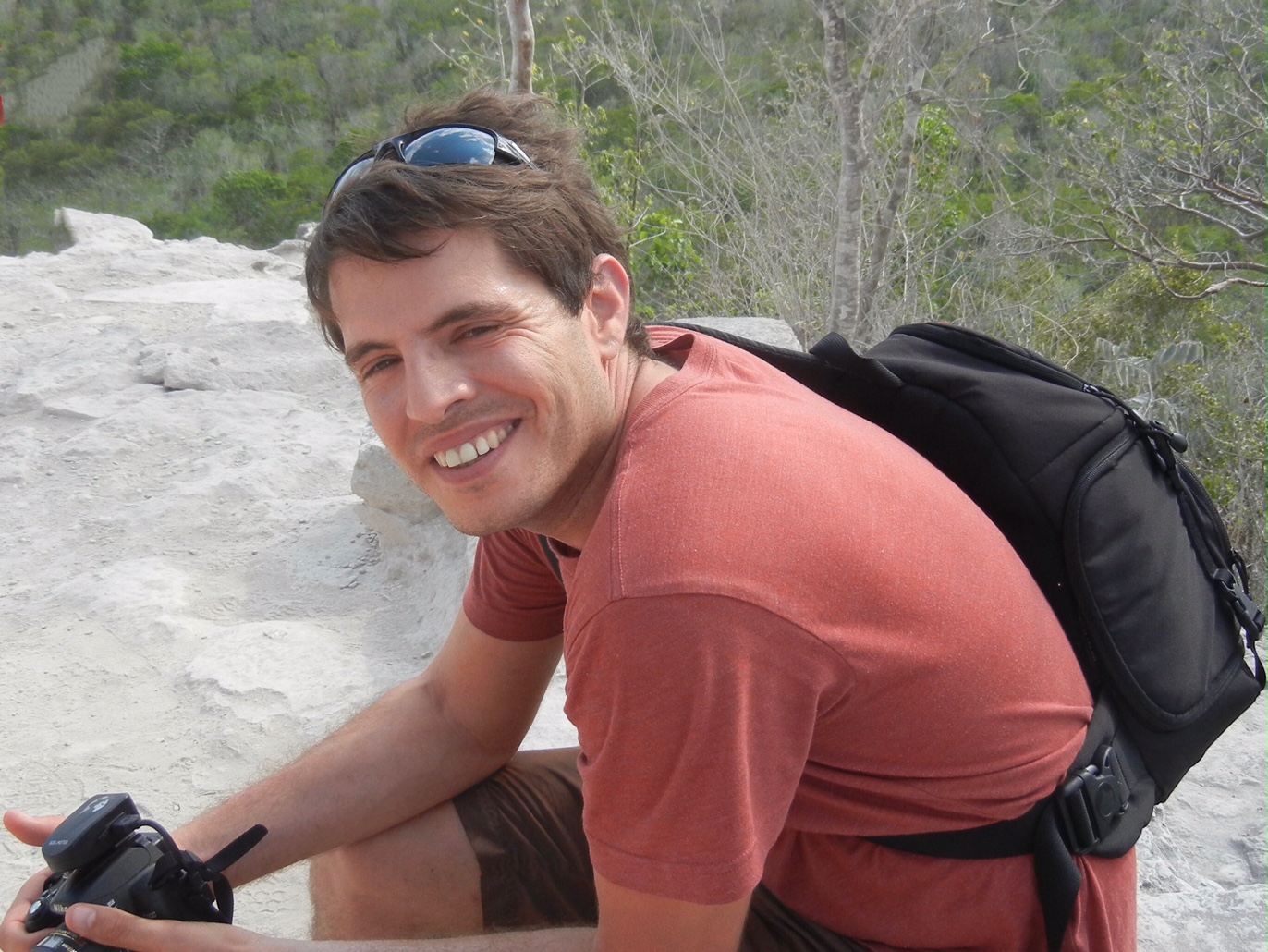Feb 7th-North Tech Brkfst: Mapping Reservoir Stress Conditions using Hydraulic Fracturing Microseismicity*

Sponsored by Anadarko and Lumina Reservoir, Inc.
Meeting Location:
Anadarko Petroleum
1201 Lake Robbins Drive
The Woodlands, TX 77380
NOTE: You Must be Logged in To Register
Speaker: Orlando J. Teran, PhD, Geophysicist/Structural Geologist, Microseismic
Focal mechanisms, when computed for an entire microseismic catalogue, permit a rapid assessment of the stress states throughout the stimulated reservoir. The premise for this is that the fracturing potential depends on the frictional resistance to slip and ratio of shear to normal stress on the plane (determined by fracture orientation within the stress field). Previous studies using borehole images and laboratory techniques have demonstrated that the most hydraulically conductive fractures have the highest failure potentials.
In this talk we present a geomechanical analysis workflow using microseismic focal mechanisms to investigate the dynamic response of the reservoir during and after stimulation. Focal mechanisms are derived using full waveform fitting techniques, and the ambiguity in identifying the true fracture plane is resolved by simply choosing the nodal plane that aligns with the developing hydraulic fractures. A global stress inversion of the fracture plane solutions is done to estimate the orientations and relative magnitudes of the principle stresses. Friction laws are then used to constrain for each event a suite of geomechanical parameters (failure potential, dilation tendency, and excess pore pressure) in order to identify fracture populations likely to control fluid flow, those that required different stimulation pressures in order to contribute to flow, and the mechanical conditions that favored out-of-zone growth and reactivation of geohazards. The method is applied and discussed in the case of a microseismic event catalogue obtained during the stimulation of two horizontal wells landed in the Eagle Ford, where large variations in fracture patterns as well as geohazards were observed. We will also show examples from other plays to demonstrate that this workflow is applicable to all plays.
Speaker Biography: Orlando J. Teran, PhD, Geophysicist/Structural Geologist, Microseismic
Orlando’s career as a geophysicist began over 2 years ago at MicroSeismic Inc., where his role includes processing and analysis of microseismic data as well as developing tools for advanced microseismic analyses. Prior to joining MicroSeismic, he pursued a graduate degree in structural geology in Baja California, where he studied active faults and a modern earthquake rupture.
Orlando has a Ph.D. in Geology from Centro de Investigacion Cientifica y de Educacion Superior, Ensenada, Baja California, Mexico, and a BA in Geology from Western State Colorado University in Gunnison, Colorado. He has also co-authored articles published in Science and Nature based on his contributions to advancing the understanding of earthquake ruptures.
Breakfast will be available starting at 7:00 AM
Technical Talk will start at 7:30
Event will end by 8:30
THANK YOU TO OUR GENEROUS SPONSORS

